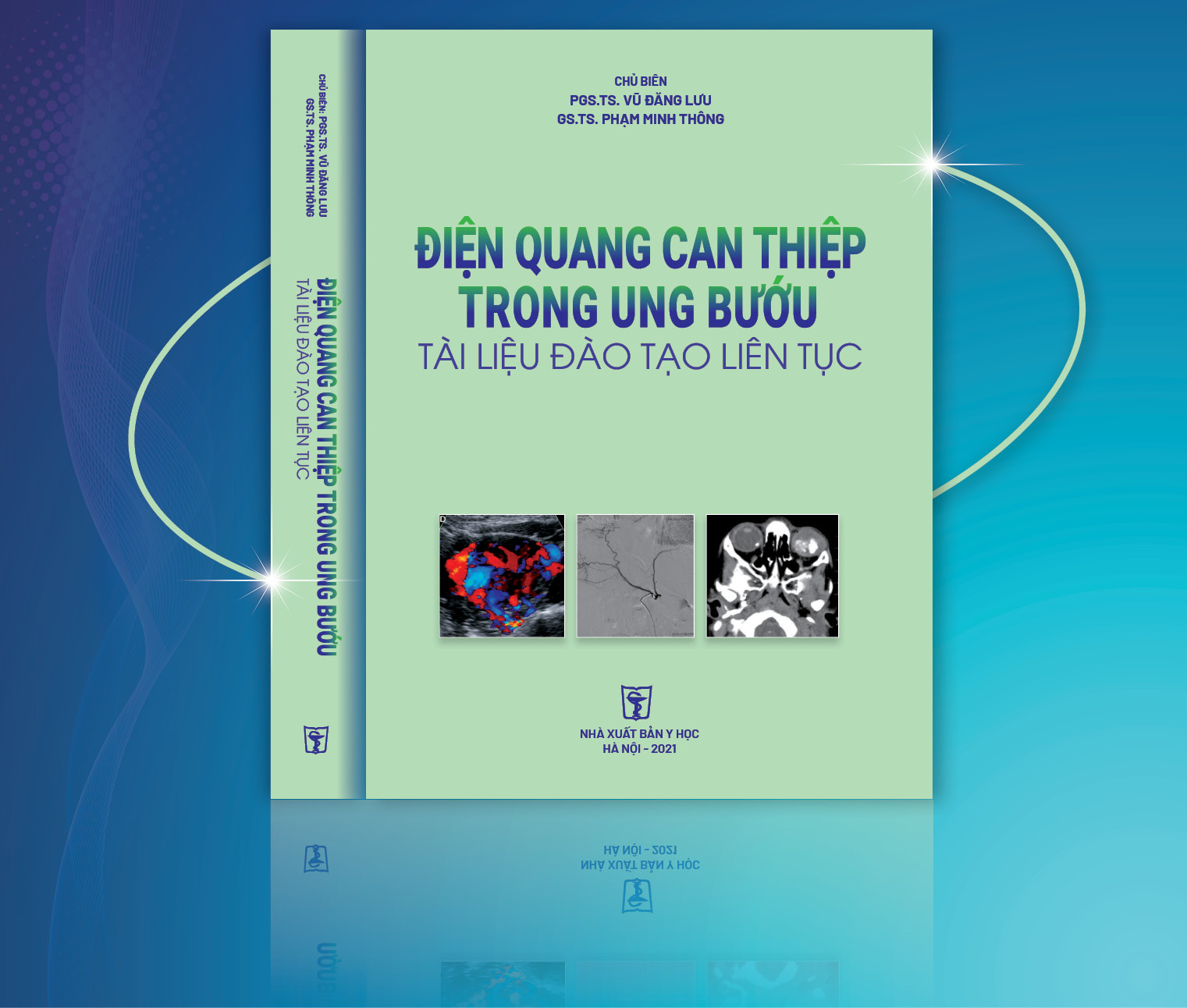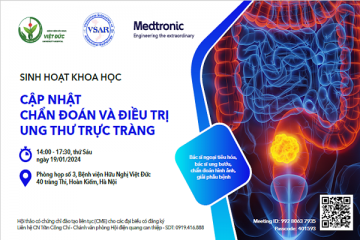NGHIÊN CỨU ĐẶC ĐIỂM HÌNH ẢNH CỘNG HƯỞNG TỪ SỌ NÃO Ở TRẺ SƠ SINH ĐỦ THÁNG CÓ BỆNH LÝ NÃO DO THIẾU MÁU CỤC BỘ/THIẾU OXY
SUMMARY
Objectives: to describe the intracranial injuries on brain MRI of term newborns with hypoxic ischemic encephalopathy (HIE)
Methods: A prospective and retrospective study based on medical records and brain MRIimages of term newborns with HIE. Brain MRI was performed within 2 weeks after birthon T1, T2, and DWI, SWI sequences
Results: There was 94 eligible cases included in the study (male/ female:61/33). The mean gestational age was 39 weeks; mean age of brain MRI was 8 days, mean birth weight was 3100gr. The infants were classified by Sarnat criteria as mild/moderate/severeHIE by ratio: 22.3%/64.9%/12.8%. The infants were mainly given birth by vaginaldelivery 51%, which was followed by cesarean section 45.7%. The sentinel events weredefined mostly as prolonged labor causing fetal distress and placental abruption,umbilical cord accidents. Therapeutic hypothermia was performed in 80,9% cases.Intracranial injury was present in 82 (87.2%) infants. The brain lesions on MRIdiversified. The most common brain injuries were in deep gray nuclei and posterior limbof the internal capsule: thalamus (62.8%), the lenticular nucleus (60.6%), posterior limbof the internal capsule (47.9%), caudal nucleus (26.6%). The following was cortical andsubcortical white matter abnormalities 44.7%. The periventricular and punctate whitematter injuries are less common: 23.4% and 15.9%.The other brain injuries include the corpus callosum (35.1%), the optic radiation(30.8%), hippocampus (12.8%). The infratentorial structures injuries are less common,predominantly in severe HIE cases: brainstem injury 23.1% and cerebellar injury 9.6%.Cortical abnormalities were seen in 42 of 94 (44.7%) predominantly in central sulcus(26.6%), interhemispheric sulcus (21.3%). The cortex injuries in other regions includedinsular region (8.5%), frontal region (27.7%), parietal region (23.4%), occipital region (13.8%), temporal region (8.5%) Intracranial hemorrhage was present in 36/94 (38.3%) infants, including 32 (34%) with subdural hemorrhage, followed by intraventricular hemorrhage (5.3%), intraparenchymal hemorrhage (5.3%) Deep gray nucleus injuries, optic radiation, corpus callosal, hippocampal,brainstem, periventricular and subcortical white matter injuries were significantlyassociated with severity of HIE. The cortical injuries in interhemispheric, insular, frontaland temporal regions were more common in the infants with severe HIE
Conclusion: Intracranial injury in the term newborn with HIE diversify, predominantly insupratentorial injuries. The most common brain injuries were in the deep gray nuclei andposterior limb of the internal capsule, followed by cortical and subcortical white matter.The corpus callosum, optic radiation, and hippocampus abnormalities were alsofrequently seen. The brainstem injury is significantly less common and cerebellar injuryis rarely seen. Posterior subdural hemorrhage was the most common intracranialhemorrhage, which was not severe clinically and frequently resolve without treatment
Key words: newborn, hypoxic ischemic encephalopathy (HIE), brain MRI Abbreviations: HIE: hypoxic ischemic encephalopathy. MRI: Magnetic Resonance Imaging
Bạn Đọc Quan tâm
Sự kiện sắp diễn ra
Thông tin đào tạo
- Những cạm bẫy trong CĐHA vú và vai trò của trí tuệ nhân tạo
- Hội thảo trực tuyến "Cắt lớp vi tính đếm Photon: từ lý thuyết tới thực tiễn lâm sàng”
- CHƯƠNG TRÌNH ĐÀO TẠO LIÊN TỤC VỀ HÌNH ẢNH HỌC THẦN KINH: BÀI 3: U não trong trục
- Danh sách học viên đạt chứng chỉ CME khóa học "Cập nhật RSNA 2021: Công nghệ mới trong Kỷ nguyên mới"
- Danh sách học viên đạt chứng chỉ CME khóa học "Đánh giá chức năng thất phải trên siêu âm đánh dấu mô cơ tim"















Bình luận